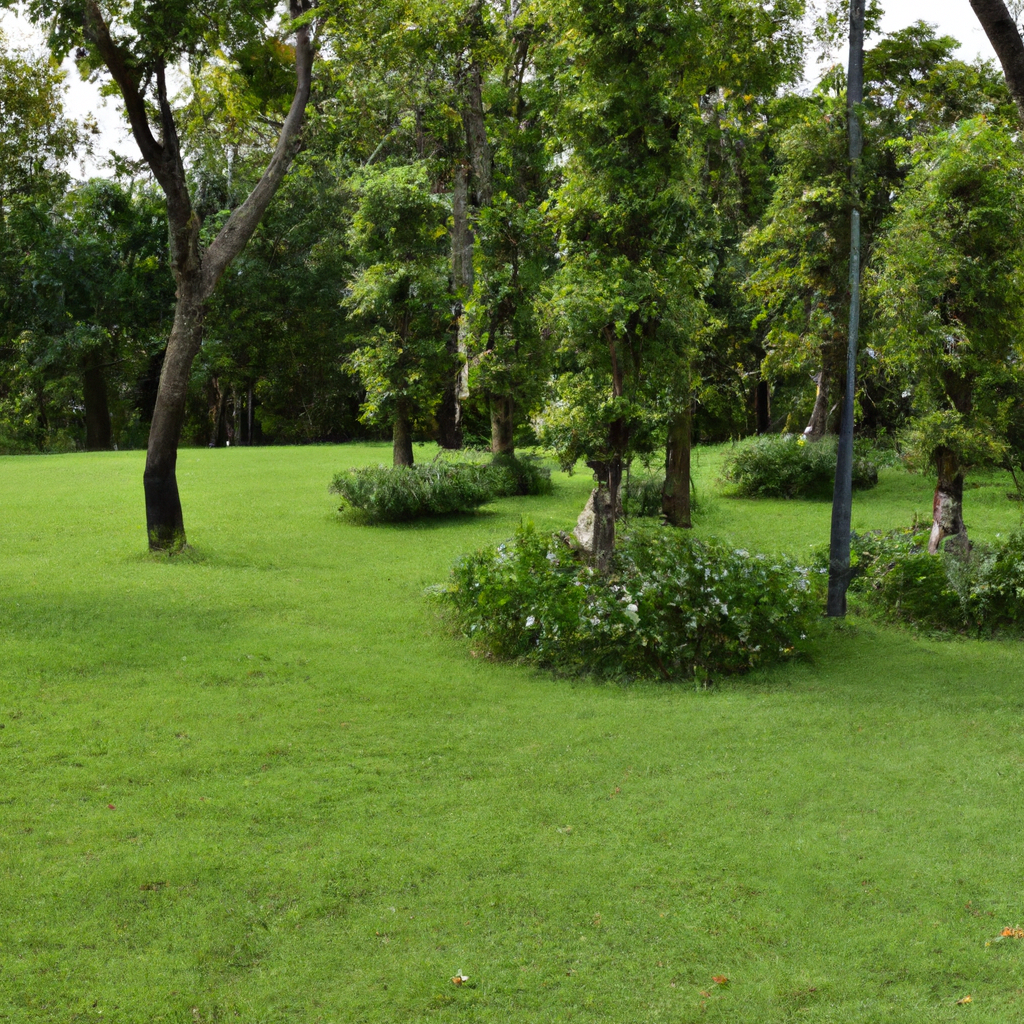
Innovative Water-Wise Landscaping Strategies for Urban Public Spaces
Transform Your Spaces: Premier Public Area Landscaping Services!
Hey there, fellow city dwellers! Have you ever strolled through a bustling urban park and just marveled at how green and vibrant it feels right in the middle of all that concrete? I sure have, and let me tell ya, it’s not by accident. With water becoming such a precious resource these days, many cities are getting creative with how they keep their public spaces lush without guzzling down too much H2O.
So let’s chat about some cool, innovative water-wise landscaping strategies that are making our urban spaces both beautiful and sustainable. I’ve seen some of these firsthand on my travels—and even tried a few ideas myself in my own little patch of greenery back home.
First off, have you heard about rain gardens? They’re pretty neat! Basically, they’re designed to catch and absorb rainwater runoff from hard surfaces like roofs or sidewalks. Picture this: you’re walking through your neighborhood park after a light rain shower (love those!), and instead of seeing puddles everywhere, you’ve got these lovely planted areas soaking it all up. Not only do they help manage stormwater more effectively—reducing flooding risks—but they also attract birds and butterflies. It’s like nature’s own little party!
A real-life example I came across was in Portland—a city known for its rainy weather where they’ve really embraced the concept. They’ve transformed so many otherwise drab corners into thriving mini-ecosystems that also educate folks about local plant species.
Speaking of plants, choosing the right ones is key when you’re aiming for a water-wise landscape. Native plants are rockstars here because they’ve adapted to thrive with whatever Mother Nature throws their way—be it droughts or deluges! When I visited Phoenix last summer (yes, brave decision during peak heat!), I noticed lots of parks featuring native desert plants like cacti and succulents that require minimal watering but still bring loads of character to the scene.
Now let’s talk mulch—an unsung hero if there ever was one. Using organic mulch not only helps soil retain moisture but also adds nutrients as it breaks down over time. Back at home—I mean my backyard—I started using bark chips around my flowers; honestly couldn’t believe the difference it made during dry spells!
I remember chatting with an old friend who works in urban planning about xeriscaping—a fancy word for landscaping designed specifically to minimize water use—and he mentioned Denver’s impressive efforts in this area where lawns have been replaced by gorgeous arrays of drought-tolerant plants combined with decorative stones which looks stunning while saving gallons upon gallons each year.
Of course no discussion would be complete without mentioning smart irrigation systems—the future is now kinda stuff! These systems can adjust watering schedules based on weather conditions thanks to sensors picking up real-time data so your garden gets exactly what it needs—not too much nor too little—which means less wasted water overall.
Okay okay…enough rambling from me (can you tell I’m passionate about this stuff?). To wrap things up: creating beautiful yet sustainable public spaces isn’t just possible—it’s happening all around us thanks to clever techniques like rain gardens or xeriscaping coupled with tech innovations such as smart irrigation systems.
Next time you find yourself wandering through your favorite park take note—you might just spot some of these fantastic methods being put into practice right under your nose…or feet rather! And maybe it’ll inspire you—as it has me—to think differently when tending our own green havens big or small alike because every drop counts doesn’t it?
Until next time folks—happy exploring out there among those greener pastures we call home sweet city home!